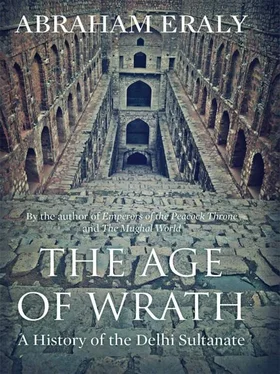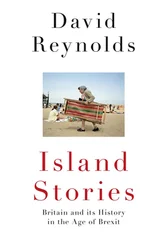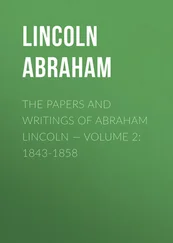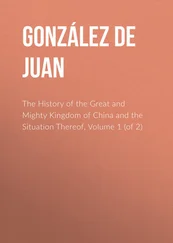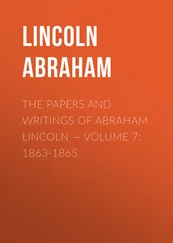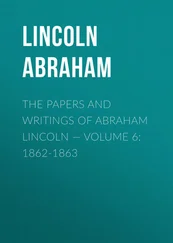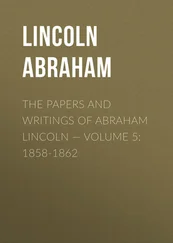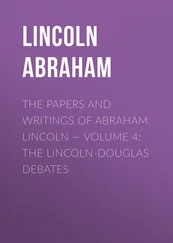The political history of the Delhi Sultanate was quite a roller-coaster ride. There were spectacular highs and lows in it, but hardly any progress. It is on the whole a sordid tale of treachery, rebellions, usurpations and fiendish reprisals. The sultans were particularly savage in dealing with their refractory or rebellious subjects, having them disembowelled or flayed alive, thrown alive into blazing fire, fed to wild animals, and thrown under elephants’ feet to be trampled to death. Such bestial punishments were meted out even to the rebellious members of the royal family.
‘Amputation of hands and feet, ears and noses, tearing out the eyes, pouring molten led into the throat, crushing the bones of the hand and feet with mallets, burning the body with fire, driving iron nails into the hands, feet, and bosom, cutting the sinews, sawing men asunder — these and many similar tortures were practised’ by sultans against criminals and rebels, notes Sultan Firuz Tughluq in his memoirs. Suspects were invariably tortured to extract confession from them, and tortured so savagely that they often confessed even to crimes they had not committed, preferring death to torture. ‘People consider death a lighter affliction than torture,’ notes Battuta, a fourteenth century Moorish traveller in India.
The punitive action of kings against rebels often involved mass slaughter, with no distinction made between the innocent and the guilty, for the objective of kings was more to terrorise people and keep them submissive, than merely to punish the guilty. Thus Balban once, in retaliation for the contumacy of some villagers, ordered his soldiers to burn down their villages and ‘slay every man there … The blood of the rioters ran in streams, heaps of the slain were to be seen near every village and jungle, and the stench of the dead reached as far as Ganga,’ reports Barani.
Predictably, the conduct of the Sultanate army was most savage in enemy territory, and entailed the slaughter of thousands and thousands of people, both soldiers and common people. Thus, according to Mughal chronicler Ferishta, Bahmani sultan Ahmad Shah during his invasion of Vijayanagar ‘overran the open country, and wherever he went, he put to death men, women and children, without mercy … Wherever the number of the slain amounted to 20,000, he halted for three days, and made a festival in celebration of the bloody event.’
The ruthless suppression of adversaries and criminals was an essential survival requirement for rulers nearly everywhere in the medieval world. In India this was so with rajas as well as sultans, though Hindu kings, ruling over their own people, were not normally as virulent as Muslim rulers, conquerors ruling over an alien people.
THE TENDENCY OF Muslim rulers in India to be oppressive towards their Hindu subjects was heightened by the fact that most of their values and practices were diametrically opposite to those of Hindus. Muslim society, unlike the caste segmented Hindu society, was fundamentally egalitarian, and had no birth determined status divisions in it, so anyone could rise to any position, depending solely on his ability. Even a slave could rise to be a king, as indeed some of them did in the Delhi Sultanate.
This egalitarianism of Muslim society was particularly evident in the early history of the Delhi Sultanate, during which there was, till the reign of Balban, no great status difference even between the sultan and his nobles. The sultan was then more a leader than a ruler, a primus inter pares . Later however sultans generally claimed that the occupation of the throne endowed them with farr , divine effulgence, which distinguished them from all others. But whatever be their pretence, the real basis of royal authority, of sultans as well as of rajas, was their military might, their ability to coerce others to submit to their will. In principle the primary duty of kings was to protect their subjects and to provide for their welfare, but in practice their primary concern, often their sole concern, was to preserve and expand their power.
The throne however was no bed of roses. The sultan, for all his great power, led a perilous life, for the sword of an enemy or a rebel always hung over his head. But these perils were more than compensated by the incredible powers and privileges that he enjoyed, particularly his godlike power over the lives and fortunes of his subjects.
The primary concern of most medieval rulers, sultans as well as rajas, was to retain their seat on the throne. But some of them were also, commendably, keen and knowledgeable patrons of art, literature and learning, and some were distinguished scholars and writers themselves. These cultural accomplishments however made virtually no difference in their performance as rulers; in that it was only their administrative and military capabilities that really mattered. Muhammad Tughluq was probably the most erudite of the Delhi sultans, but he was a pathetic failure as a ruler; on the other hand, Ala-ud-din Khalji was illiterate, but was the most successful of the Delhi sultans.
But even under capable rulers, the story of most medieval Indian kingdoms was marred by internal upheavals. The politics of the Delhi Sultanate during most of its history was, typically, a dizzying whirl of Byzantine conspiracies and counter-conspiracies, in which life was nightmarish for those in the inner circle of power. No one, including the sultan, was ever secure in his office, or even safe in his life. For instance, among the five descendants of Iltutmish who sat on the throne of Delhi, all except one were overthrown and killed.
The main reason for this ever-swirling political chaos was that there were no well-defined and generally accepted rules of royal succession. The throne belonged to whoever could seize it. Imprisoning or killing one’s rivals — even one’s father or brother — to gain or to secure the throne was not considered a crime, but as legitimate and normal political conduct. Kings were often murderers. In India, as Mughal emperor Babur would later remark in his memoirs, ‘there is … this peculiarity … that any person who kills the ruler and occupies the throne becomes the ruler himself. The amirs, viziers, soldiers and peasants submit to him at once and obey him.’
MEDIEVAL INDIAN STATES were all essentially military dictatorships, established and preserved through military action. The primary occupation of most of their kings was waging wars, to suppress rebellions, to defend or expand their kingdom, and to gather plunder. They were all warlords. They ruled over the kingdom, but rarely governed it. Civil administration, except revenue collection, had only a low priority for most kings. With very rare exceptions, providing good government and caring for the welfare of the people hardly ever concerned them.
Even the maintenance of law and order had only a low priority for most medieval Indian kings. Lawlessness was therefore widely prevalent in medieval India. There were countless robber bands in jungles all over India at this time, and whenever the political authority weakened they rampaged through the countryside, at times even through towns, pillaging and killing people. Protection against them was primarily the concern of the local people, seldom that of the king. And when the king acted against brigands, it was mainly to safeguard his revenue, hardly ever to protect the people. Indeed, kings themselves at times acted like brigands, pillaging their own subjects, to collect the overdue taxes from them.
One of the most disturbing aspects of the medieval Indian kingdoms was the universality of corruption in them, from the highest to the lowest level. Taking bribes was not a secret, devious act in India at this time, but was done openly, and was widely accepted as the normal and natural state of affairs by everyone. Provincial governors and other high government officials, even the sultan himself, were not above seeking recompense for doing favours, the only difference being that in their case the offerings they received were treated as presents, not bribes. And just as subordinates gave bribes to their superiors to win favours from them, superiors often gave bribes to their subordinates to secure their loyalty, except that these offerings were also called presents, not bribes. Loyalty was invariably on sale in medieval India. Nearly everyone, at all levels of government and society, was perfidious.
Читать дальше
